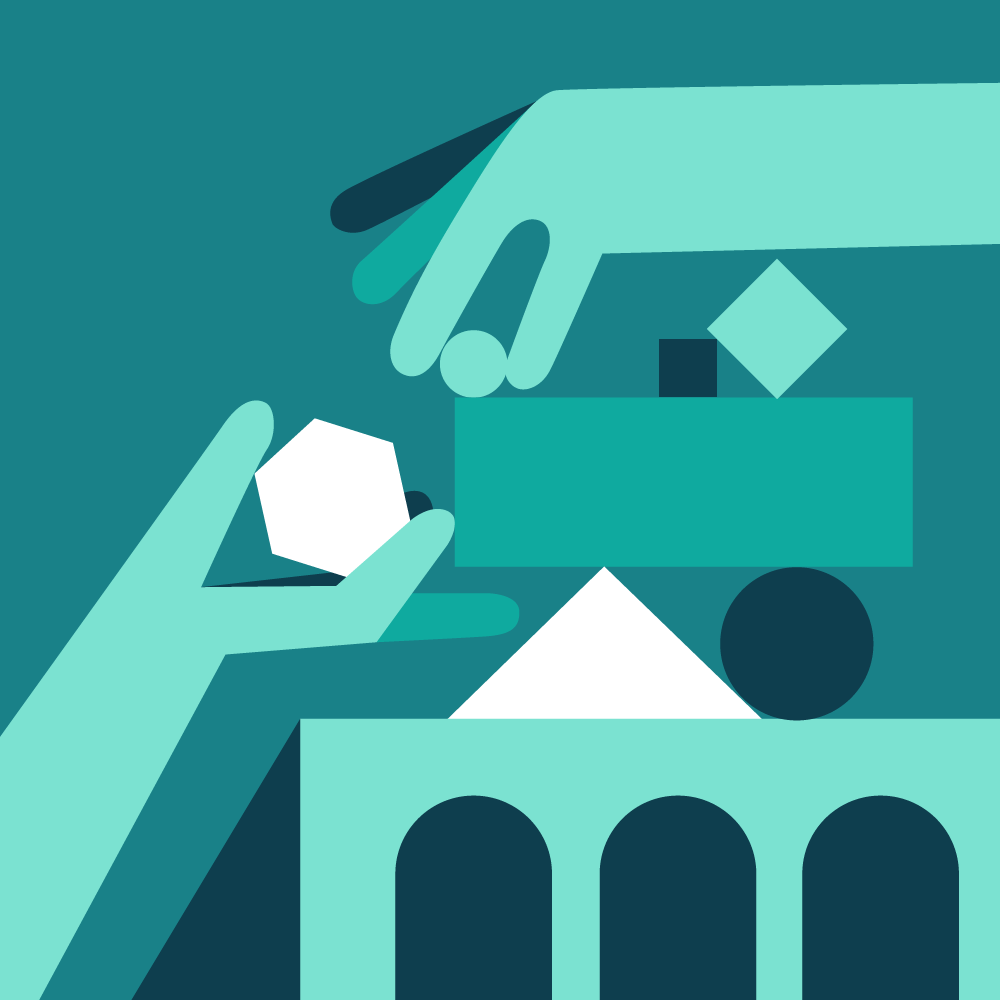What do we see?
In 2021, a quarter of the footprint is linked to consumption of meat, animal products and fish, 15% is linked to consumption of fruit and vegetables and 10% to bread and cereals. The remaining components are unspecified consumption; out-of-home consumption (restaurants, catering, cafes, etc.) takes up about a quarter of the footprint. Over the years, absolute values have remained fairly constant; per capita we see a slight decrease. The share of meat, animal products and fish was slightly higher at the beginning of the data series. In COVID year 2020, we see a significantly lower value for outdoor consumption.
What’s the aim?
The materials footprint ideally captures the consumption of materials inside and outside Flanders for meeting needs in food. Linked to this consumption are environmental impacts such as greenhouse gas emissions or emissions related to waste. The Flemish Government has adopted an overarching target for the total materials footprint: it must be reduced by 30% by 2030 and 75% by 2050.
What does this indicator measure?
The figures show the direct and indirect material consumption linked to consumption in Flanders within the food domain. The figures were obtained through a methodology based on input-output analysis. Based on the interregional model for the data year 2015, a time series was modelled for a number of more recent years, using annual statistics on the Flemish and Belgian economies. In this way, it is possible to analyse a macroeconomic time series of the materials footprint and break down the total footprint according to consumption domains and activities. The methodology is different from the one used to calculate the RMC.



 OVAM
OVAM Steunpunt CE
Steunpunt CE

